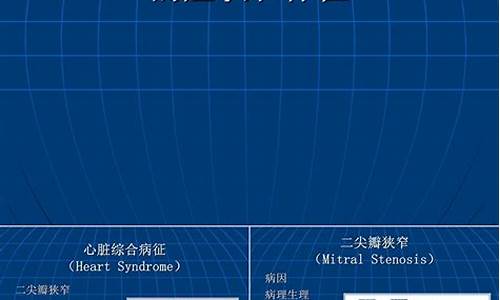更新时间:2024-07-30 16:00:49点击:

Cardiovascular disease (CVD) is a group of diseases that affect the heart and blood vessels. It is one of the leading causes of death
worldwide and affects people of all ages, genders, and ethnicities. Here are some common types of
CVD:
1. Heart attack: A heart attack occurs when the blood flow to the heart muscle is blocked, usually by a buildup of plaque in the arteries. This can cause chest pain or discomfort, shortness of breath, nausea, or lightheadedness. Treatment may involve medications, surgery, or lifestyle changes.
2. Coronary artery disease (CAD): CAD is a condition in which the arteries that supply blood to the heart become narrowed or blocked due to the buildup of plaque. This can lead to reduced blood flow to the heart, which can cause chest pain, fatigue, and other symptoms. Treatment may include medications, lifestyle changes, and procedures such as angioplasty or bypass surgery.
3. High blood pressure: High blood pressure, also known as hypertension, is a condition in which the pressure of blood against the walls of arteries is consistently elevated. If left untreated, high blood pressure can damage the arteries and increase the risk of CVD. Treatment may include medications, lifestyle changes, and regular monitoring by a healthcare provider.
4. Stroke: A stroke occurs when blood flow to the brain is interrupted, usually due to a blockage in an artery or a ruptured blood vessel. This can cause weakness on one side of the body, difficulty speaking or understanding speech, vision problems, or sudden confusion or loss of consciousness. Treatment may involve medications, physical therapy, or surgery depending on the type of stroke.
5. Deep vein thrombosis (DVT): DVT occurs when a blood clot forms in a deep vein in the leg, often after prolonged sitting or traveling. The clot can travel to the lungs and cause a pulmonary embolism, which can be life-threatening. Treatment may include medications to dissolve the clot or remove it surgically if necessary.
6. Arteriosclerosis: Arteriosclerosis is a condition in which the arteries become stiff and narrow due to the buildup of plaque. This can reduce blood flow to various organs throughout the body and increase the risk of CVD. Treatment may include medications, lifestyle changes, and procedures such as angioplasty or bypass surgery.
In summary, CVD is a serious health concern that requires prompt diagnosis and treatment. By making
healthy lifestyle choices and seeking medical attention when needed, individuals can reduce their risk
of developing CVD and maintain optimal cardiovascular health.
注意!关于循环系统疾病有哪些英语(循环系统疾病有哪些英语单词)均来自于网络,详细情况请咨询专业人员。